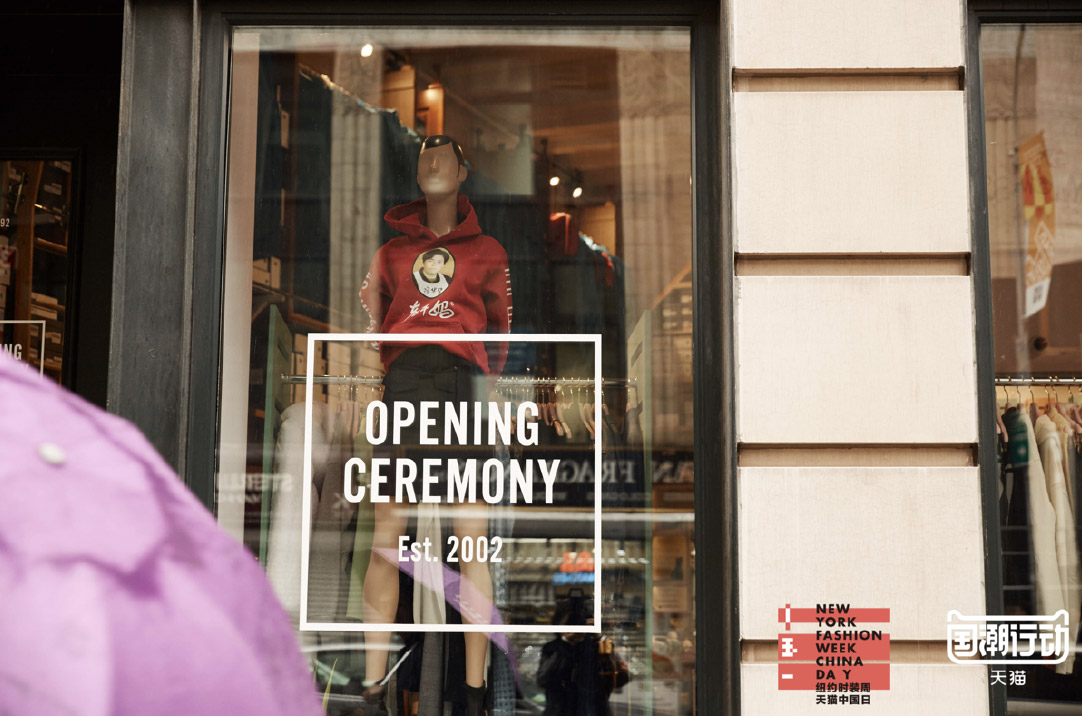
DIpil Das
Organized by the Chain Store & Franchise Association (CCFA), the inaugural China International Fashion Retail Industry Summit was held in Shanghai on December 3 and 4, 2019. The conference brought together retailers from beauty, homeware and lifestyle sectors to stimulate discussion and innovations for China’s retailers to help them adapt to the fast-changing consumer market.
These are our key insights from the two-day event.
The Power of Appearance Is Driving the Beauty Market in China
Young people in China are becoming more concerned with their appearance and are exploring more ways to make themselves look more attractive.
According to the National Bureau of Statistics of China, total cosmetics sales increased 13.4% year over year in September 2019, outpacing other product categories. Market research firm Nielsen shows the number of people discussing cosmetics on social media has been growing steadily since 2018, and lipstick, eyeshadow and foundation are the top three products.
Chinese men are also paying attention on their appearance: The Baidu Index shows that male skincare-related keyword searches jumped 81% year over year in 2017.
Zeng Lifeng, Senior Sourcing Manager with health-and-beauty chain Mannings, suggests retailers should consider how to reach China’s young, more image-conscious consumers. For example, after identifying that consumers want anti-aging and whitening products, Mannings grouped skincare products by function rather than by brand name as most retailers do.
Sephora is leveraging technology to better engage with its consumers with 3D augmented reality mirrors at designated stores in China. The technology allows consumers to test lipstick and blushes by simulating the products to show what they would look like without actually trying them on. Sephora also provides professional makeup training to its sales associates.
Gen Zers Will Shape Retail in China
Gen Zers numbered 149 million in China by the end of 2018, according to market research firm Kantar, which defines Gen Zers as those born between 1995 and 2002. Kantar predicts this generation will account for 40% of total retail sales by 2020. Brands need to pay special attention to this demographic as they will shape the future of retail in China.
Chen Bing, Managing Director of Sephora China, thinks retailers that can capture the Gen Zer market can dominate their market for the coming 10 years. According to Chen, Gen Zers know what they want and they have the finances to get it. Founder and CEO of Vision Knight Capital Wei Zhe believes that Gen Zers’ spending power is 2.5 times higher than that of consumers born between 1985 and 1995. Zhao Yingming, Vice President at JD.com, thinks Gen Zers don’t care about brand names: They use products to express themselves and show they are different.
Fashion Designs that Highlight Elements of Chinese Culture in A Trendy Way Are Gaining Traction
People in China are proud of the country’s ongoing economic growth, and this rising national pride has led an increasing popularity of products that incorporate elements of Chinese culture in a trendy way, known as guo chao (国潮, or “national hip”). Fang Tao, Founder and CEO of brand management company Suntchi, thinks that “Creative in China” is not about just designing products that incorporate and show off elements of Chinese culture; instead, it should be about a fashionable design that brings Chinese culture closer to consumers. The new Guo Chao products should engage consumers through their design and functionality, and how they can connect consumers emotionally.
The guo chao trend is seeing staid brands from the 1970s getting a makeover and staging a comeback. Call it Chinese retro.
Feiyue shoes, for example, became popular after a French entrepreneur discovered them while learning martial arts in China. He bought the rights to sell them in France, and the shoes took off—and that success has made them popular again in China.
Another example is famous chili sauce brand Lao Gan Ma (“Old Godmother”), which teamed up with an apparel company in a brand mashup that featured the chili sauce’s iconic logo on hoodies. The hoodies also made it overseas: During New York Fashion Week in 2018 Fang says 8,000 of the hoodies sold in 46 seconds.
[caption id="attachment_100788" align="aligncenter" width="700"] Lao Gan Ma hoody
Lao Gan Ma hoodySource: Alizila.com[/caption]
Retailers Need to Shift to a Direct-to-Consumer Model
China’s retail market continues its decades-long transition from command-economy planning in which producers decide what and how much to make to being far more consumer-driven. Today’s Chinese consumers know what they want and expect retailers to meet their needs.
Han Yongsheng, a professor at the Economics and Management School of the Chinese Academy of Sciences, urges retailers to shift to a direct-to-consumer model. Han suggests retailers leverage stores to showcase and test products, get feedback from consumers and predict demand based on consumer feedback. This helps them better plan production and cut the risk of excess inventory.
For example, data analysis helped leading shoe retailer Belle predict short boots would become popular in China and make plans to capture the opportunity during Singles’ Day 2019. The retailer piloted five types of short boots in August, adapted designs based on consumer feedback and launched another 20 designs in September. The retailer produced and sold 230,000 pairs of short boots in those styles during Singles’ Day.